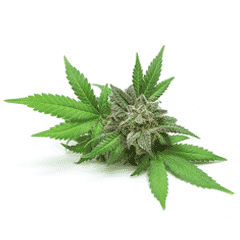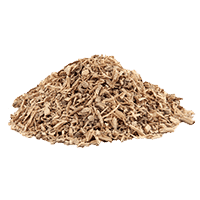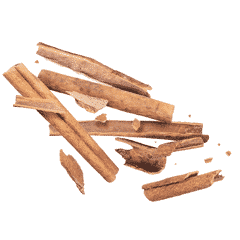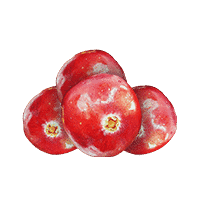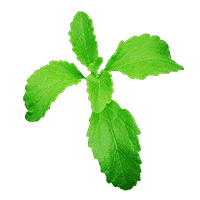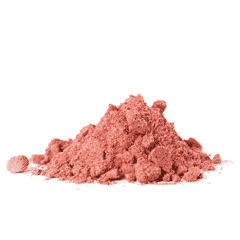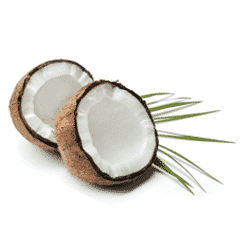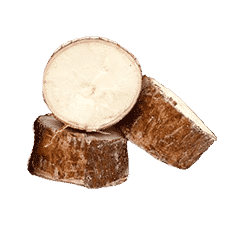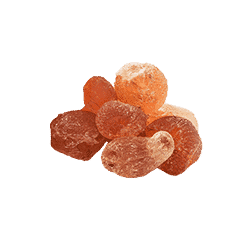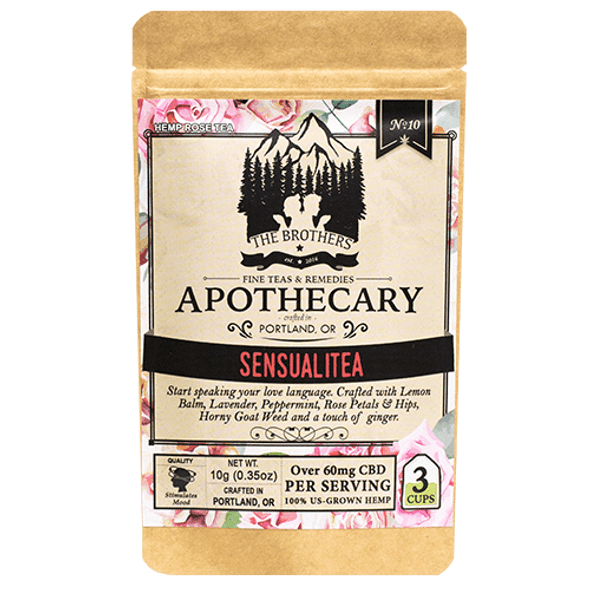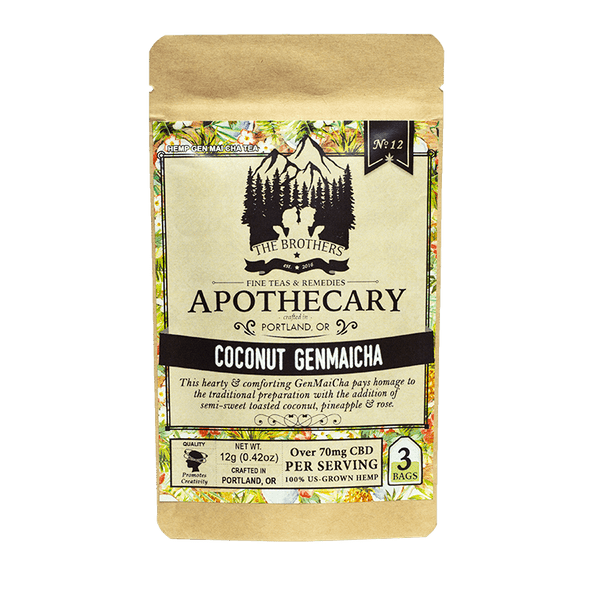Description
CBD Tea | Infused Herbal Kava Kava Root Tea
Available for special order. Contact us.
Wave goodbye to the days of overly earthy Kava. We’ve blended our Mystic Kava Root to be as palatable as you like your tea while maintaining the same relaxing, good-vibe, and (slightly) numbing effect of traditional Kava. Our Kava is cultivated without chemicals, then blended with organic Cassia cinnamon chips, dried cranberries & cranberry powder, stevia, and locally-grown and lab-tested CBD hemp.
-
Est. 50-60MG Per Tea Bag
-
1 pack, 3 pack, and 20 pack available
-
Does not contain caffeine
-
Contains Coconut
The Benefits of Drinking Mystic Kava
Kava Kava (“kava” for short) contains a substance called kavapyrones. It has a long history as a herbal remedy that some use to relieve occasional aches and pain, and improve sleep and restfulness.
Kava Kava is native to islands of the Pacific Ocean and traditionally people made it into a paste and mixed it with water or coconut milk to create a drink.
Cassia cinnamon chips is a spice widely used and known for its warming qualities. It has been used for thousands of years and is even mentioned in Egyptian texts.
Ginger is a pungent root, widely used to relieve occasional aches and pains and support stomach health
Native to eastern North America, cranberries are edible, tart berries. Cranberries are a very popular superfood. They are high in nutrients and antioxidants. Research has linked the nutrients of cranberries to help with urinary tract infections.
Stevia is known for its delightful taste. They have been used for thousands of years by the Guarani tribe for its health benefits and cut the bitterness of teas. Often touted as a safe and healthy sugar substitute.
What does Mystic Kava taste like?
Tasting Notes: Earthy, Spice, with a lightly sweet finish
When should I drink Mystic Kava?
We suggest drinking Mystic Kava at the end of the day. Remember, each bag can be used up to 2-3 times (and be sure to press and massage the bag with a spoon for maximum benefit!)
The History of Kava
Different names of Kava: Kava Kava, Keu, Awa (Hawaii) , Ava (Samoa),Yogana (Tonga), Sakau (Pohnpei), Malok (Vanuatu).
The origin of Kava is hard to pinpoint. Most researchers believe that it comes from Vanuatu, a chain of 80 Islands in Oceania. They think it specifically comes from the small island of Maewo. Vanuatu has the most varieties of kava of any nation.
Historical reference of Kava dates as far back as the 1600s when Dutch navigators observed kava. Captain Cook also observed and noted the discovery of kava on his voyage to the South Pacific. A botanical drawing of kava in the National History Museum of London dates back to 1769.
The spread of Kava through the islands of the South Pacific is due to the way-finders who set out to explore the oceans around them. It was so highly valued and they would choose to bring them on their outrigger canoes (in the Hawaiian Islands, Wa’a kaulua ).
In the Hawaiian islands, it is referred to as Awa (pronounced Ah-vah). It became a sacred drink on the islands and was a drink to be offered to Gods, a drink of the chiefs and high ranking officials, and a drink used by Kahunas (medicine men).
Drinking Kava is central to the culture of the Pacific Islands and connects them to their ancestors. When drinking kava you are becoming part of a tradition and an ongoing history, it is important to respect and hold up the traditions and the culture.
Facts:
- Est. 50-60MG Per Tea Bag (Full Spectrum)
- Does not contain caffeine
- 1 pack, 3 pack, and 20 pack available
- Contains coconut milk (used as a lipid to increase CBD absorption)
The Brothers Apothecary exclusively uses hemp that contains <0.3% THC and is licensed with the Department of Agriculture.
Mystic Kava Root
Ingredients
